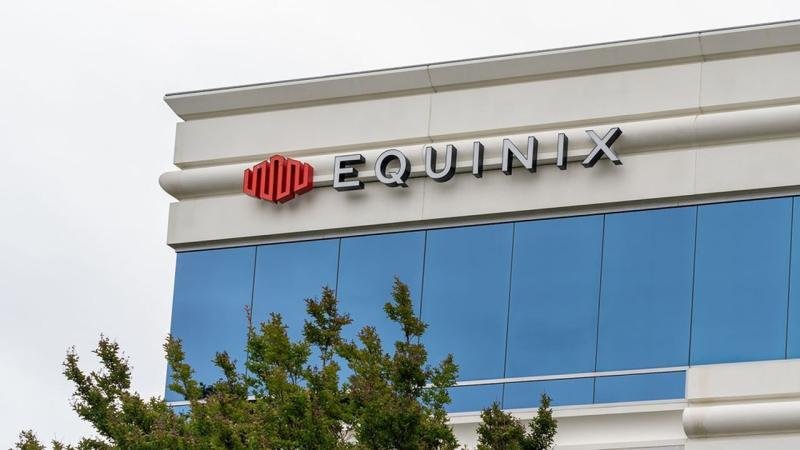
The Dogger Bank D Dilemma:
In a surprising turn of events, energy giants SSE and Equinor have abandoned their ambitious plans to produce green hydrogen at the Dogger Bank D offshore wind farm. This decision marks a significant shift in focus towards exclusive power generation, raising questions about the future of green hydrogen in the UK's renewable energy landscape.
Green Hydrogen: A Missed Opportunity?
Initially, Dogger Bank D was set to become a beacon for green hydrogen production, a move that promised to revolutionize the UK's approach to clean energy. However, the confirmation of an onshore grid connection in East Yorkshire has led the developers to retire this option. This change in strategy raises concerns about missed opportunities for green hydrogen, a fuel that is crucial for decarbonizing sectors like transportation and industry.
Power Generation Takes the Lead:
Despite the setback for green hydrogen, Dogger Bank D's focus on power generation remains unwavering. With plans to connect to a new 400 kV substation, the project is set to contribute significantly to the UK's renewable energy goals. The wind farm, potentially featuring 128 turbines, promises to bolster the UK's position as a leader in offshore wind energy.
Community and Future Prospects:
The developers are not turning a blind eye to community engagement and future possibilities. A consultation is in the pipeline to introduce the connection proposals to locals. Additionally, the exploration of an Offshore Hybrid Asset hints at a vision for interconnected European energy markets, showcasing a commitment to innovation and collaboration in the renewable sector.
Conclusion:
While the pivot from green hydrogen to power generation at Dogger Bank D might raise eyebrows, it underscores the complexities of transitioning to renewable energy. As SSE and Equinor forge ahead with their power-centric approach, the industry and stakeholders will keenly watch how this decision shapes the future of renewable energy in the UK and beyond. For more insights into the evolving landscape of offshore wind farms, stay tuned to our website and join the conversation on sustainable energy solutions.
The above analysis is proprietary to Enerdatics’ energy analytics team, based on the current understanding of the available data. The information is subject to change and should not be taken to constitute professional advice or a recommendation.
Click to know more about Enerdatics' Renewable Energy M&A, Finance, PPA, and Projects databases.

